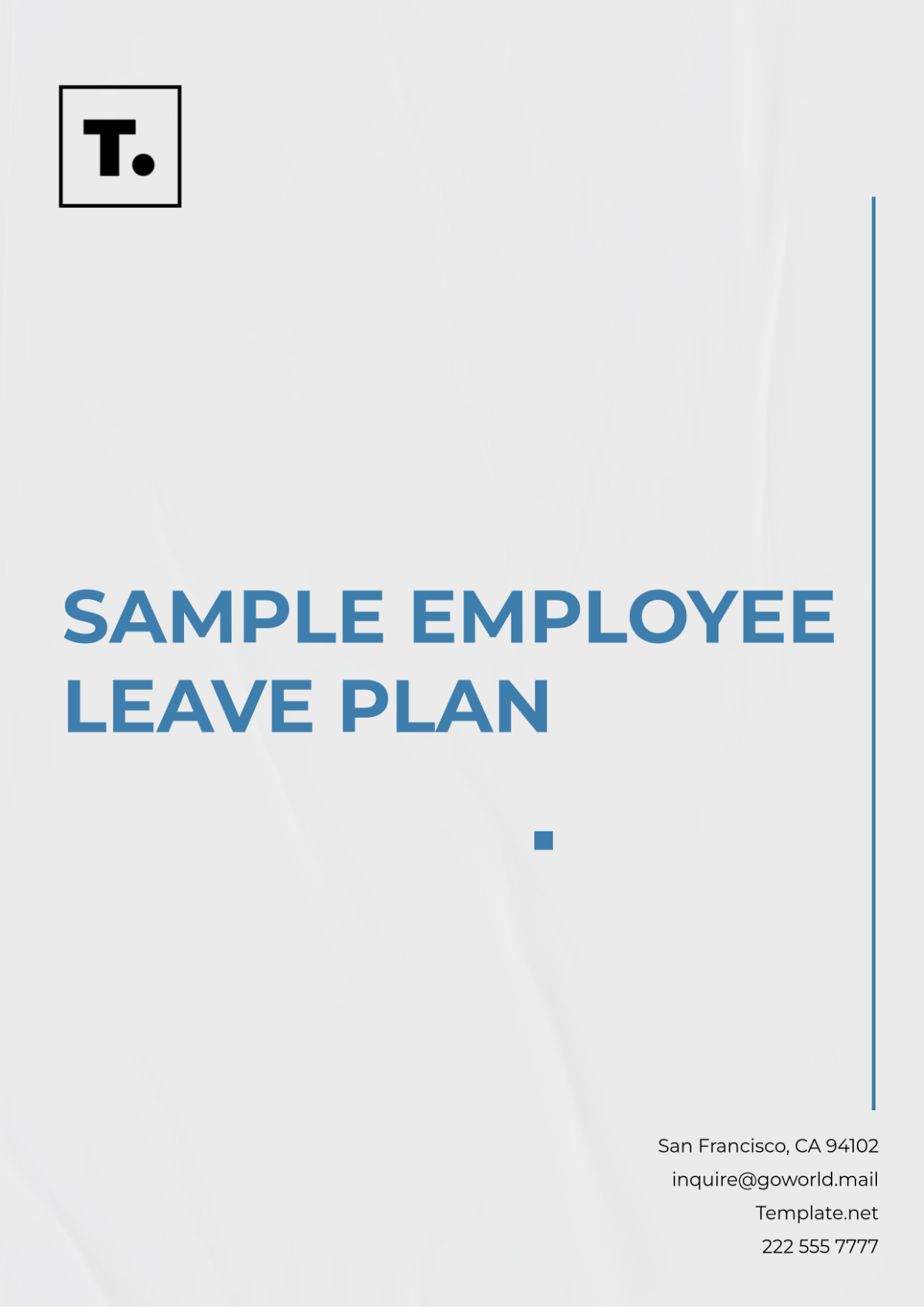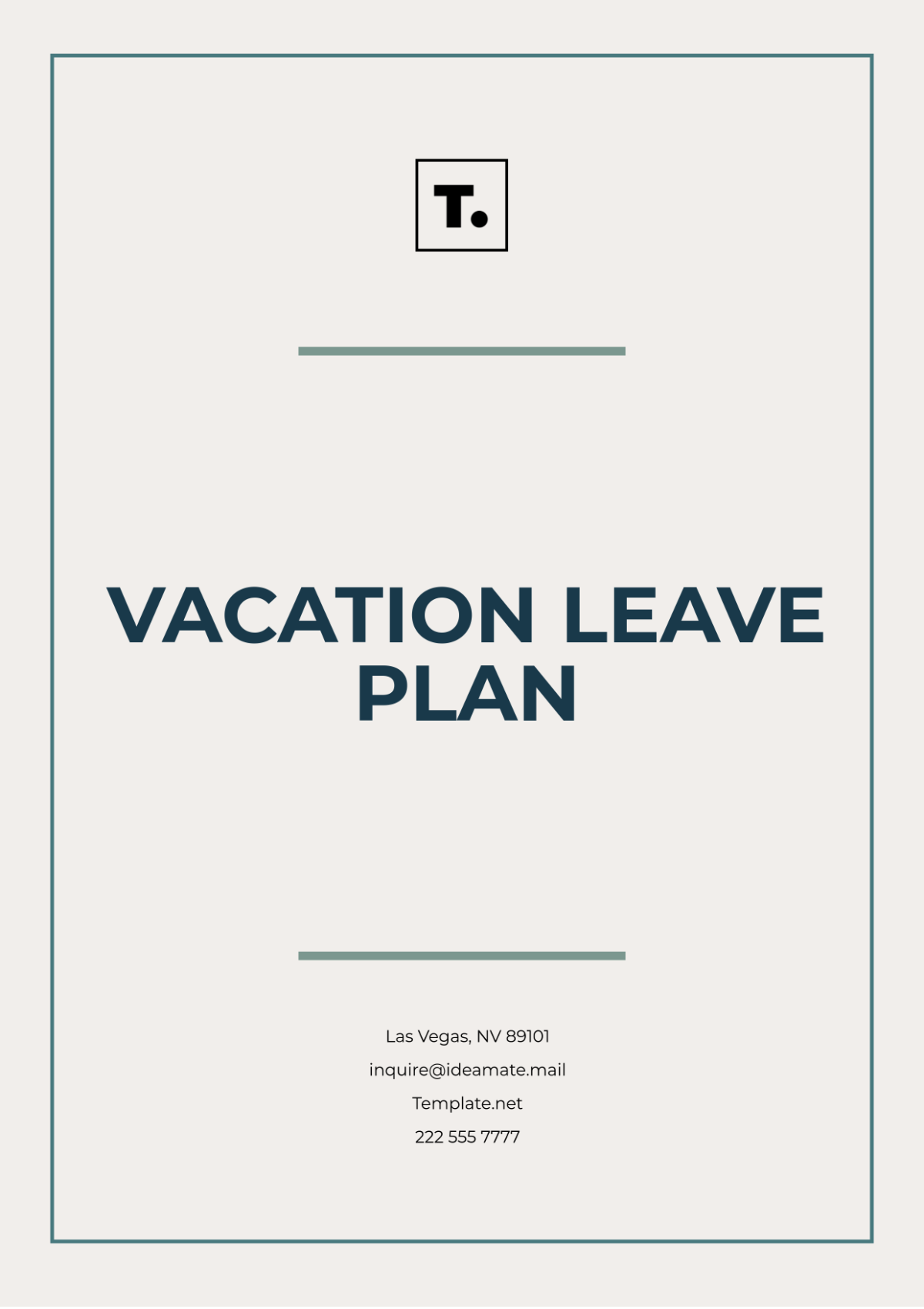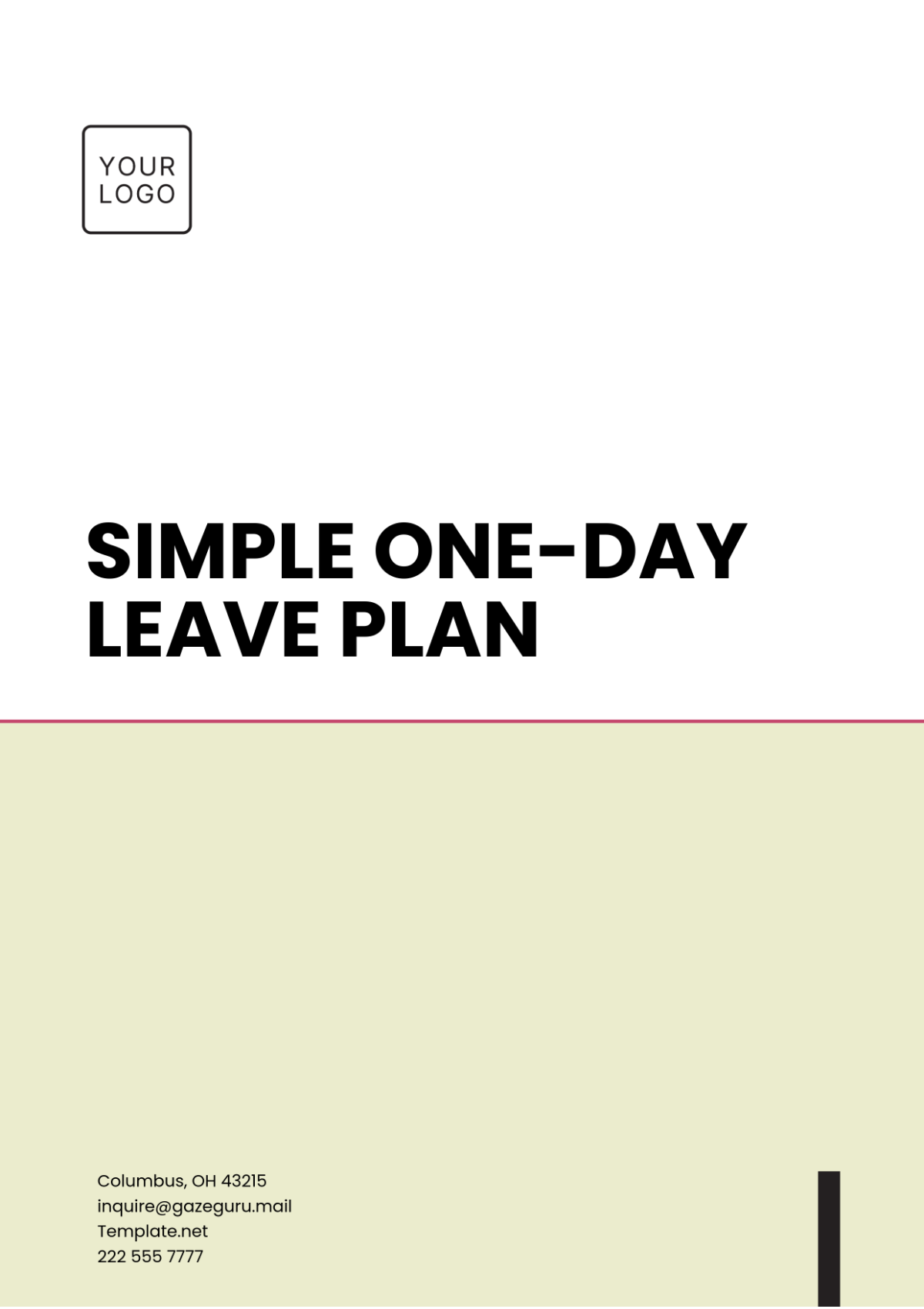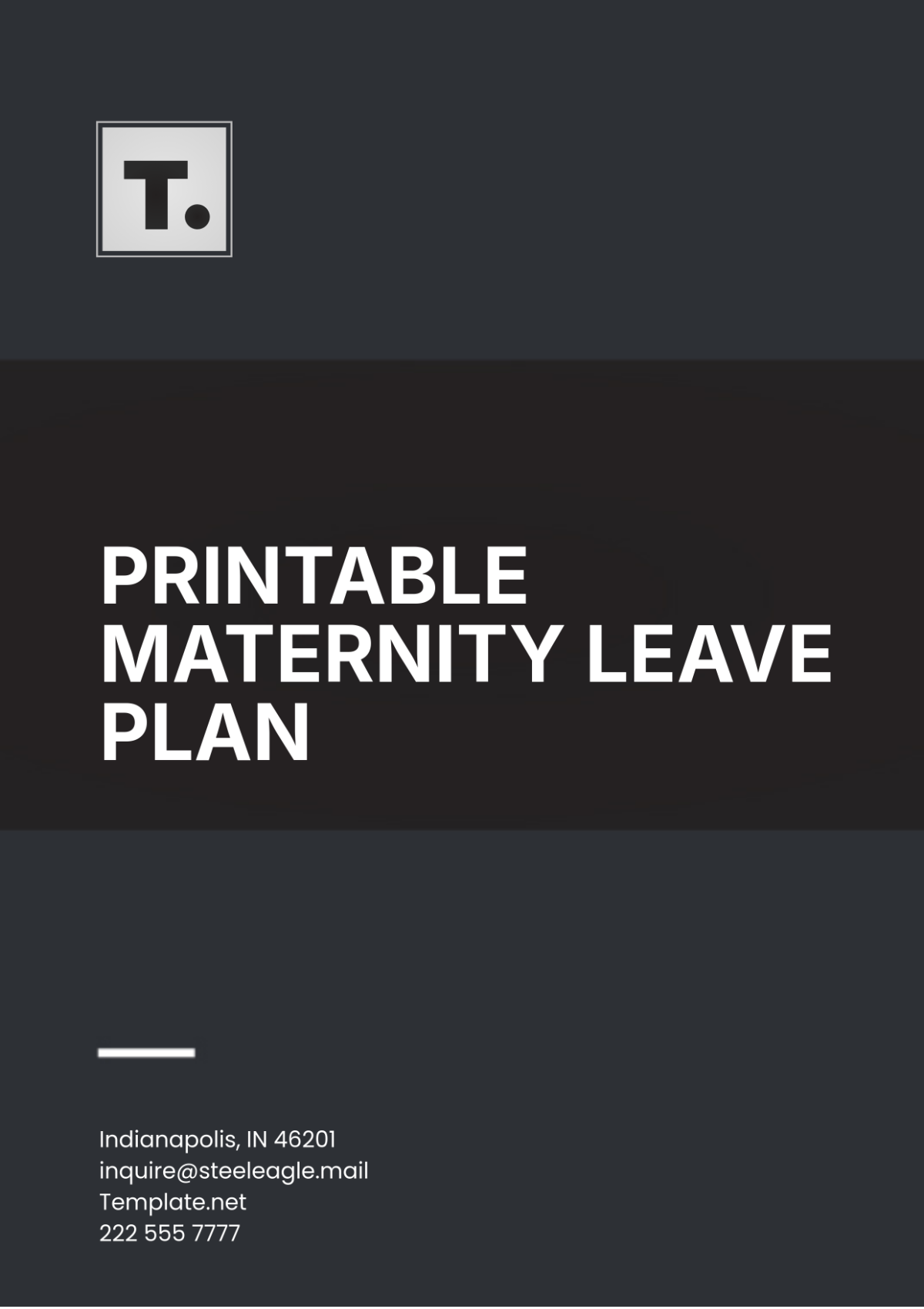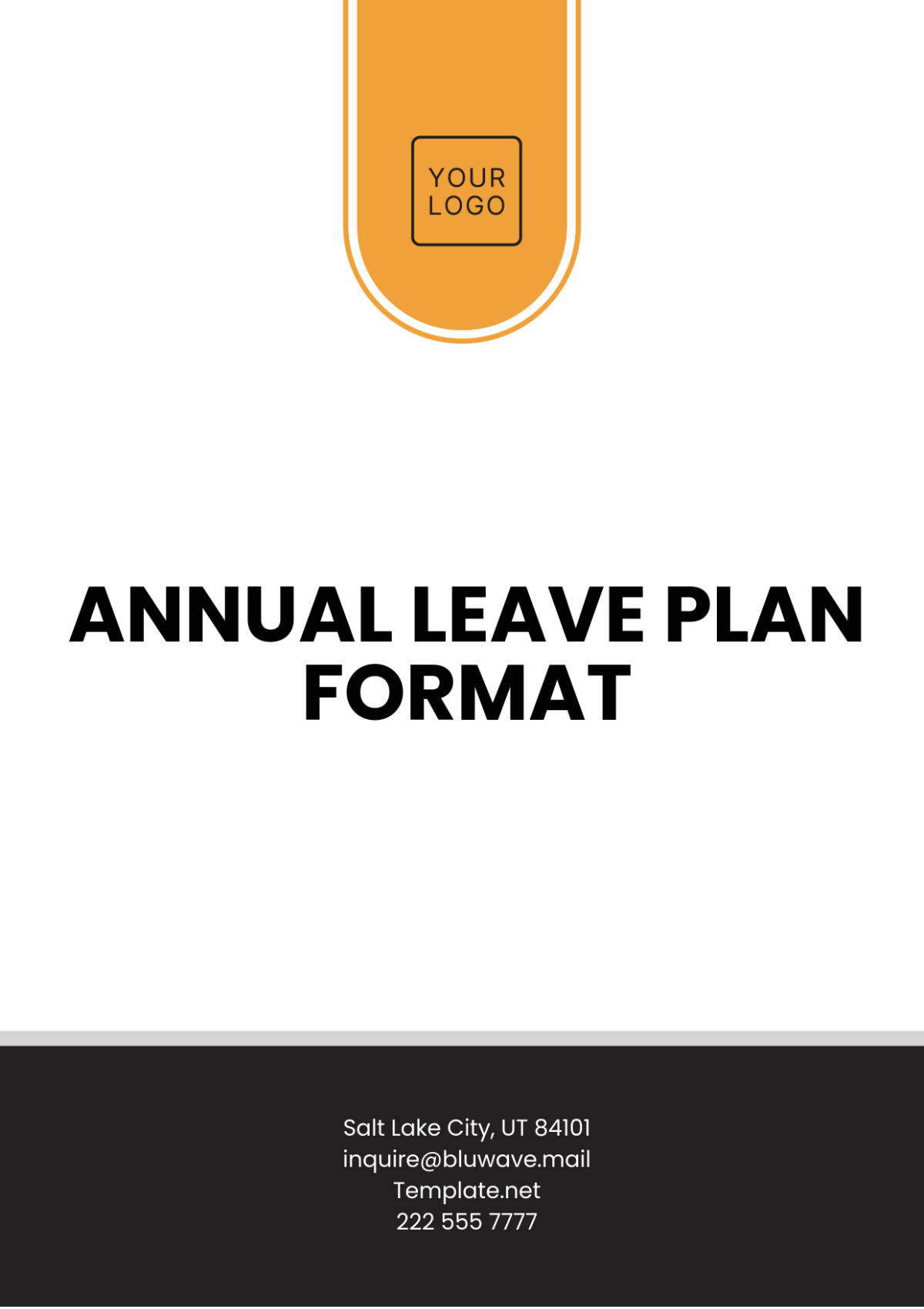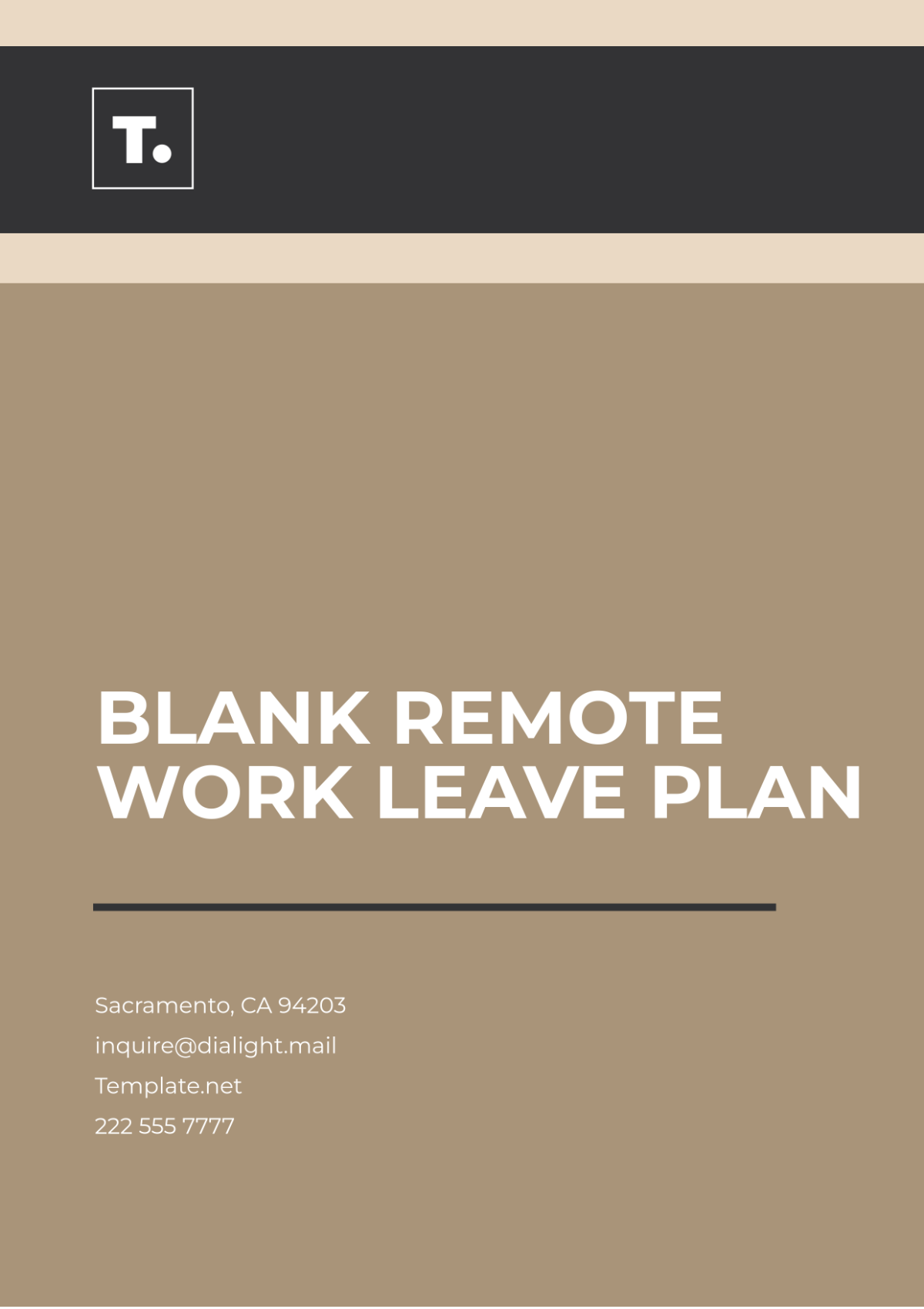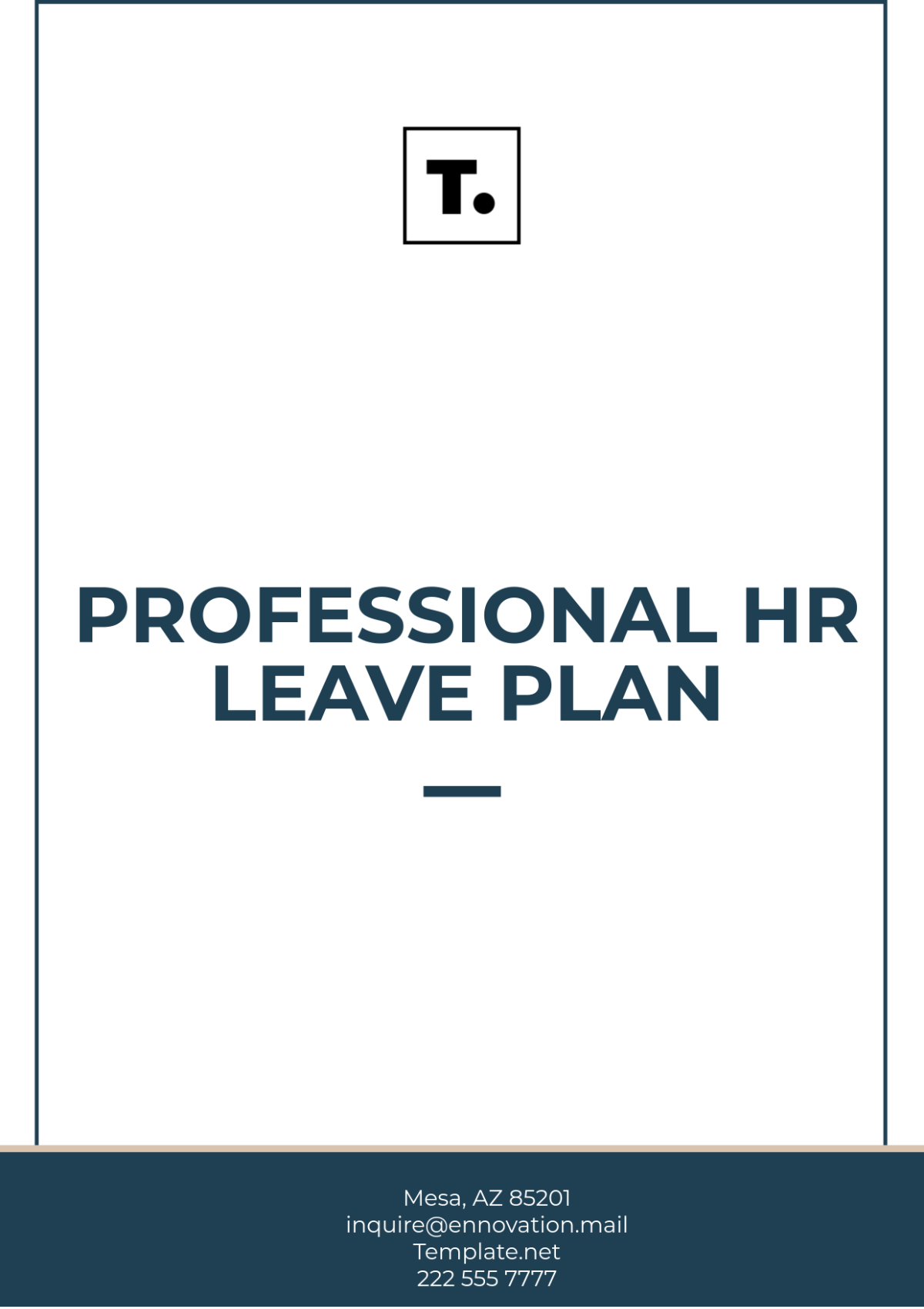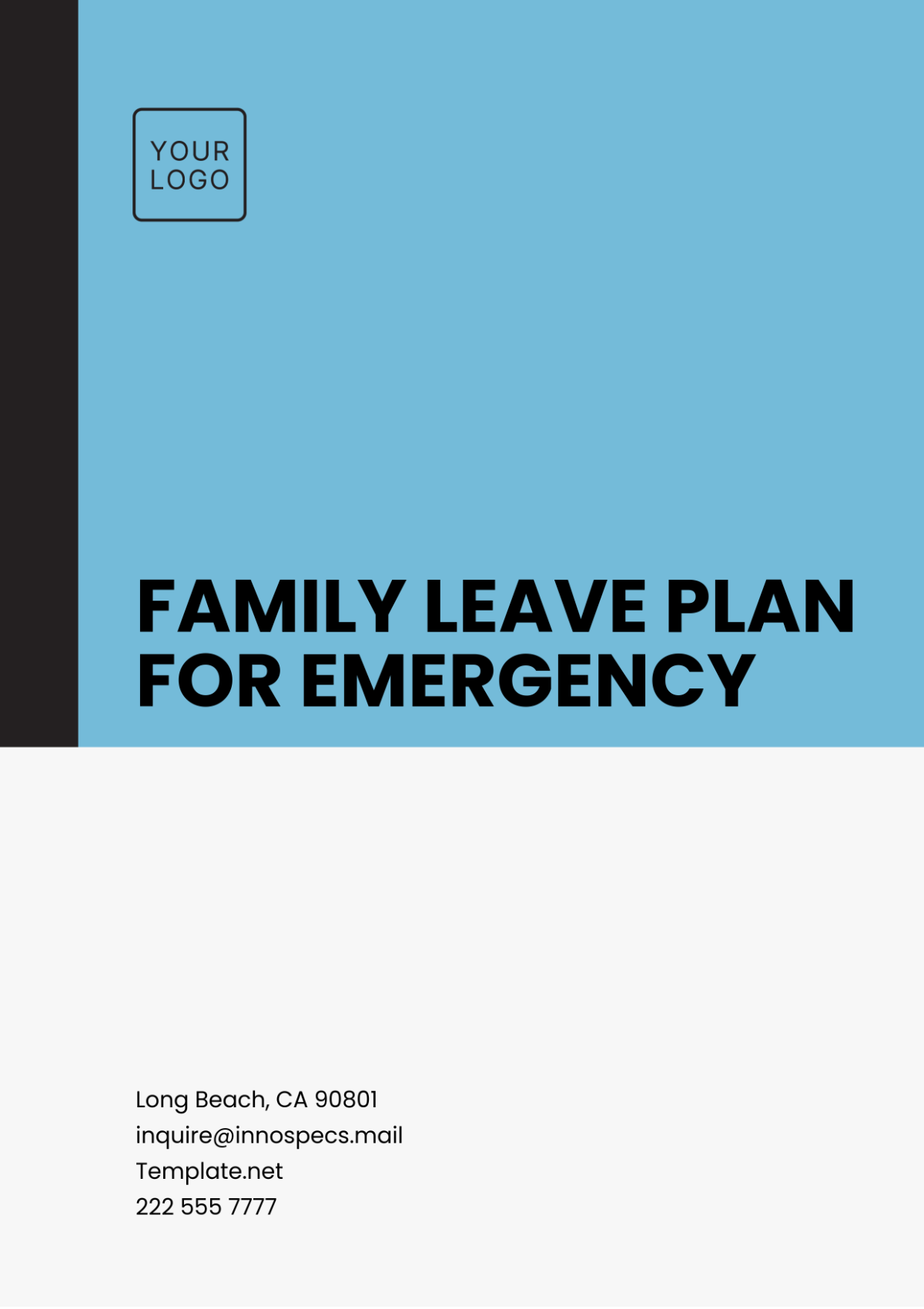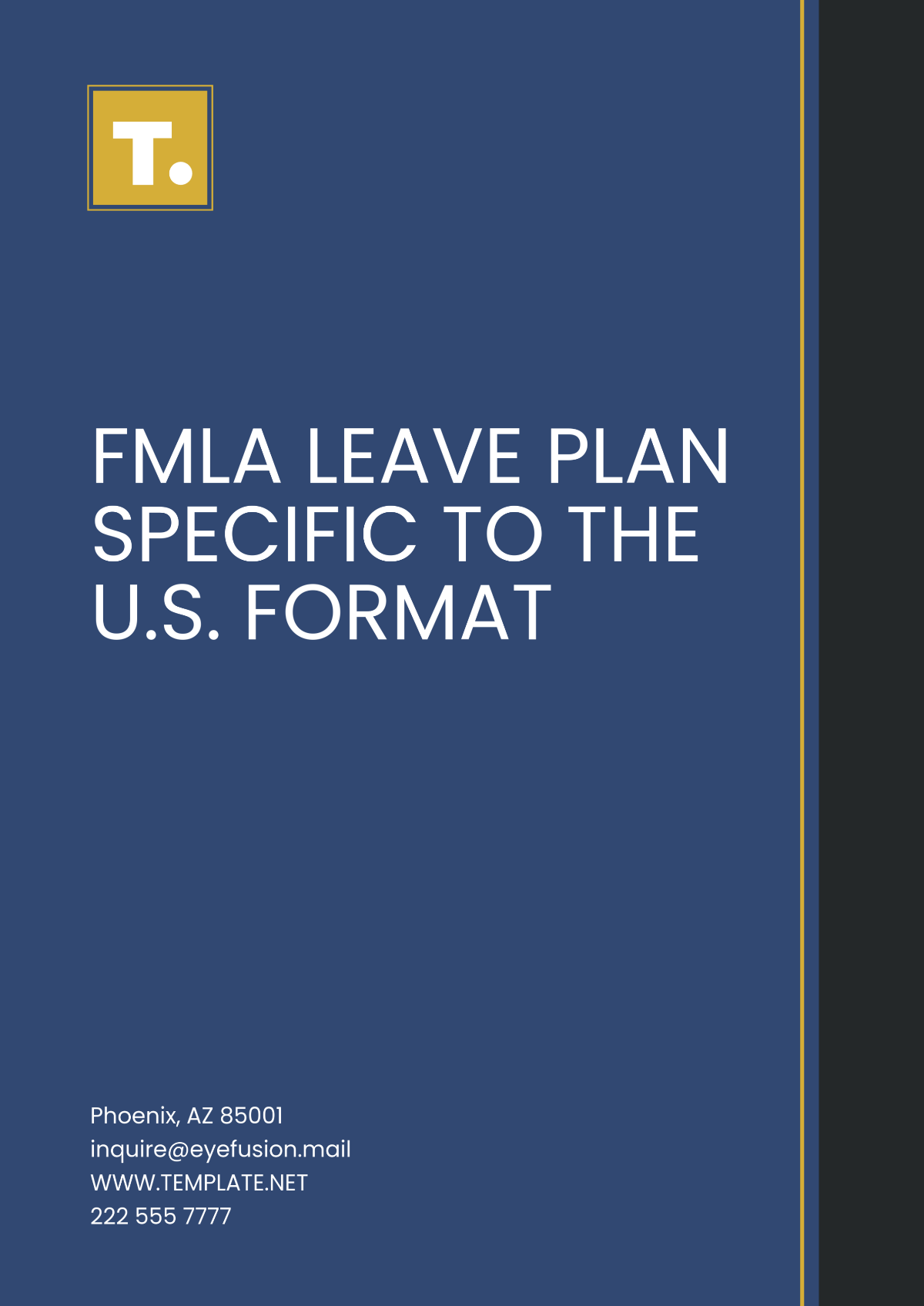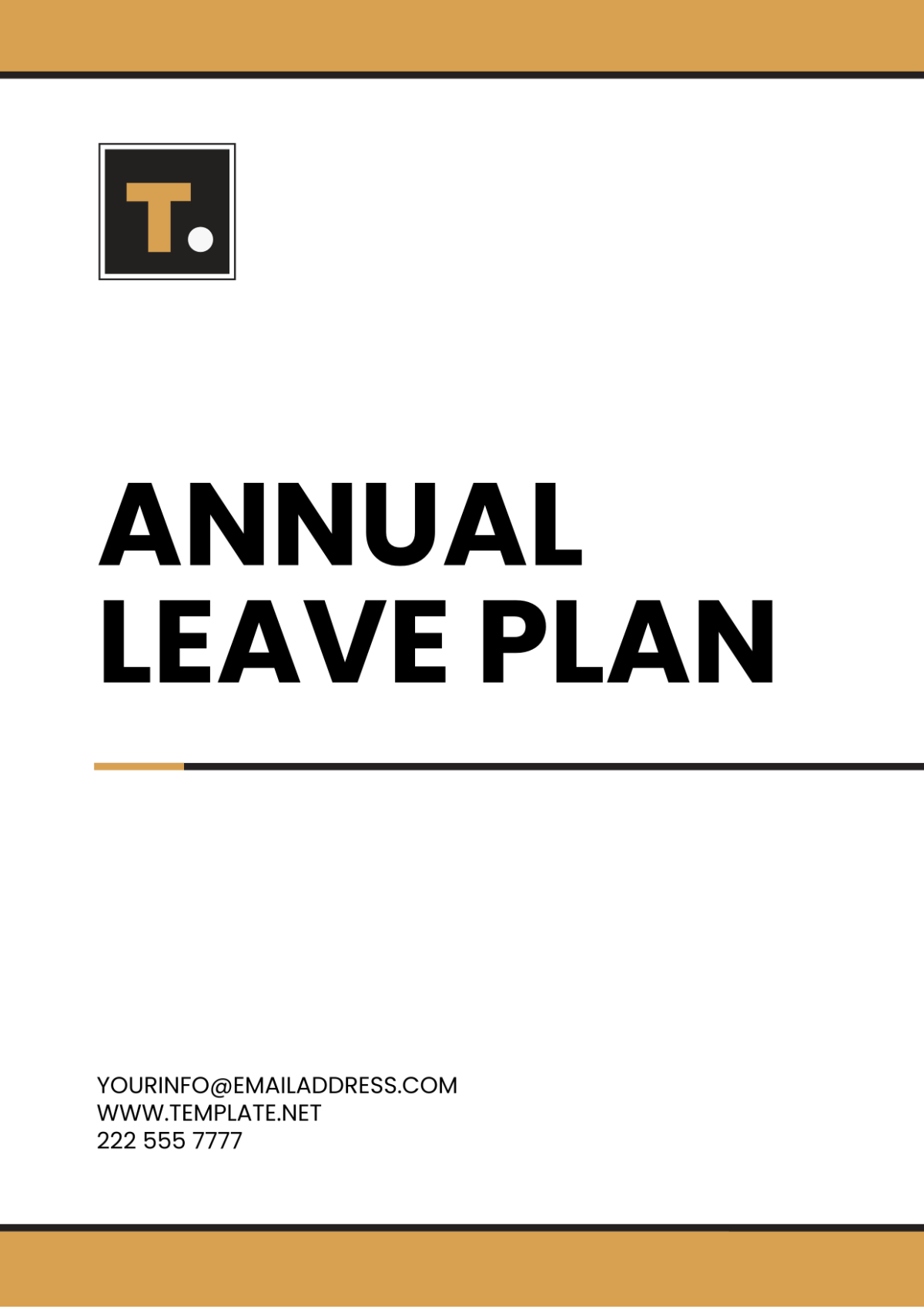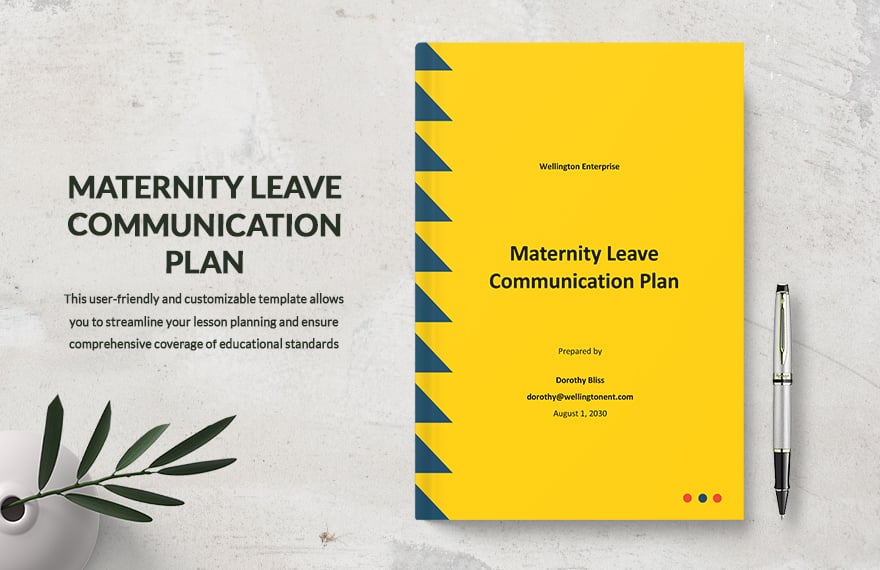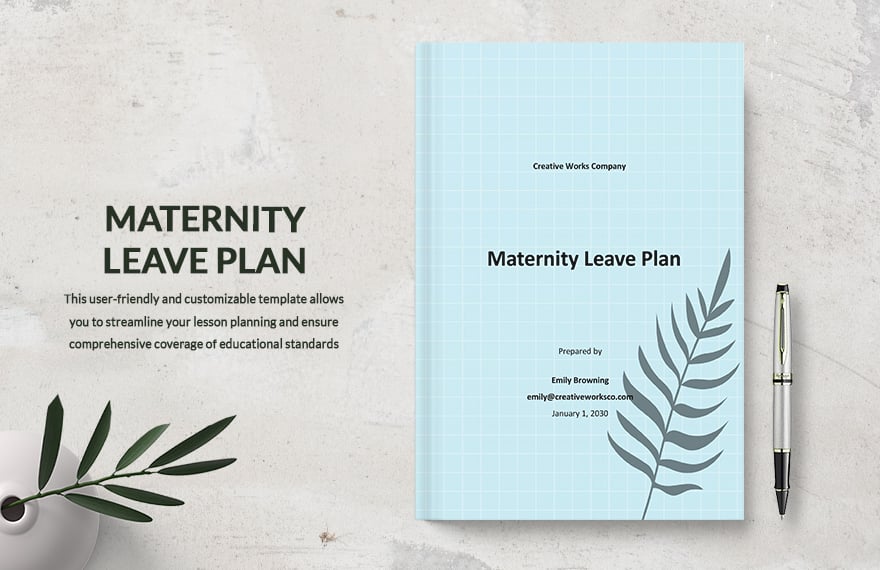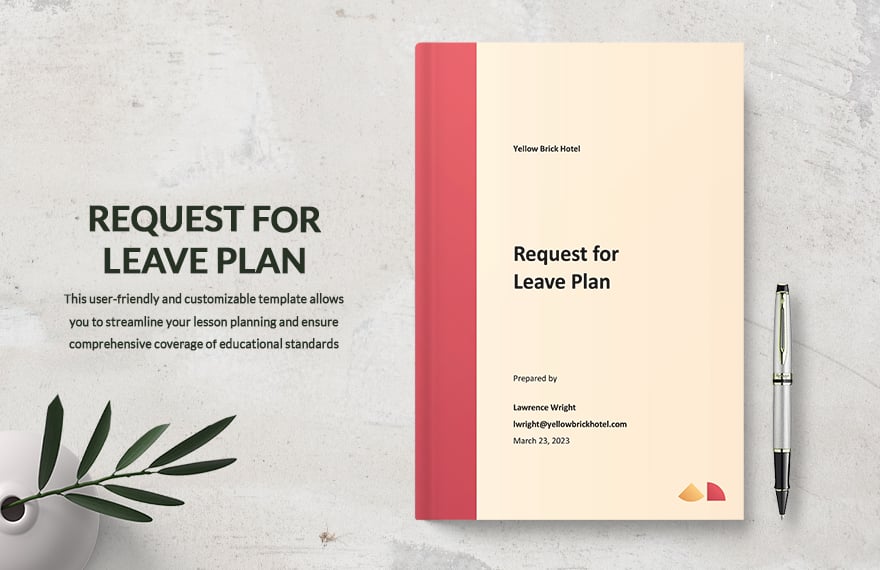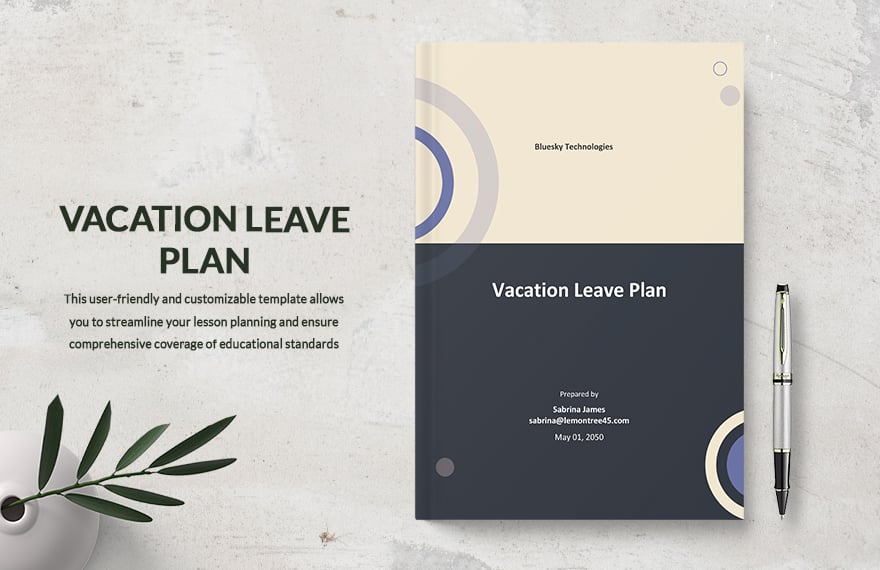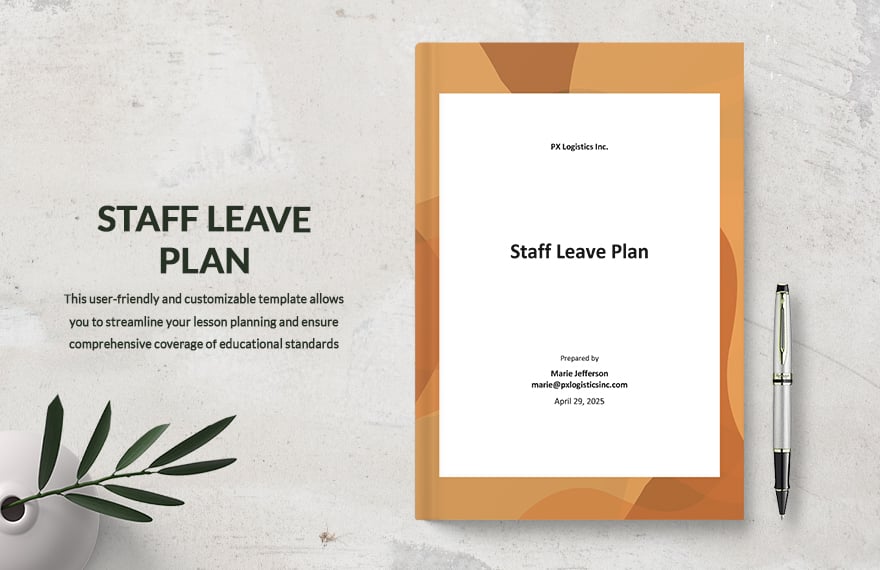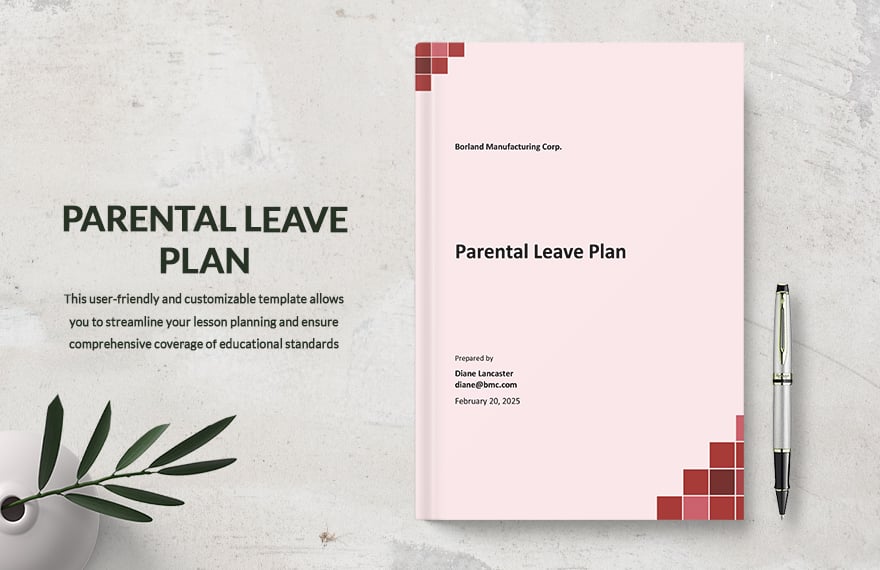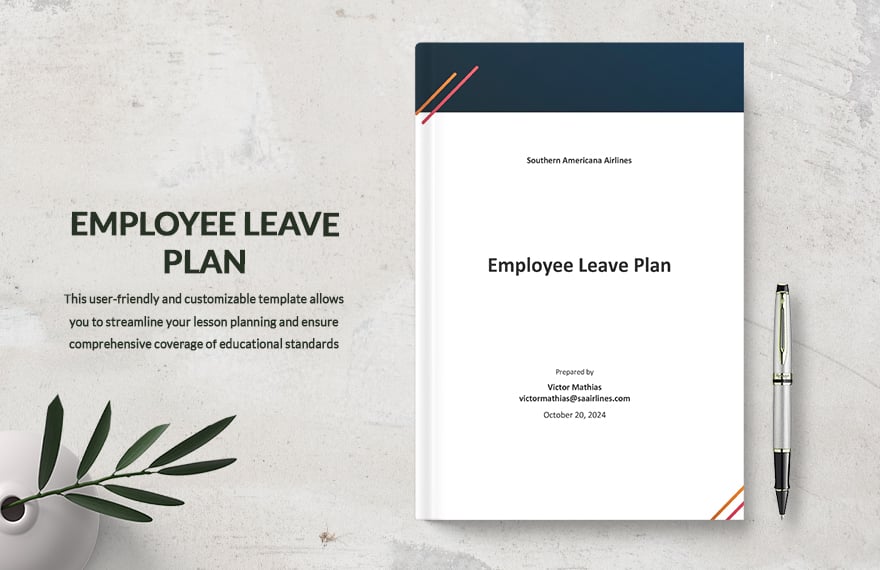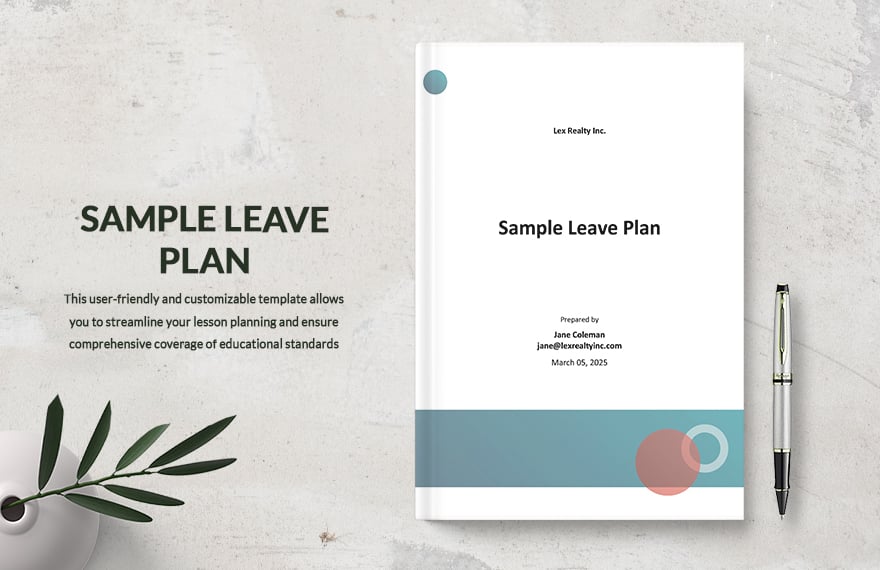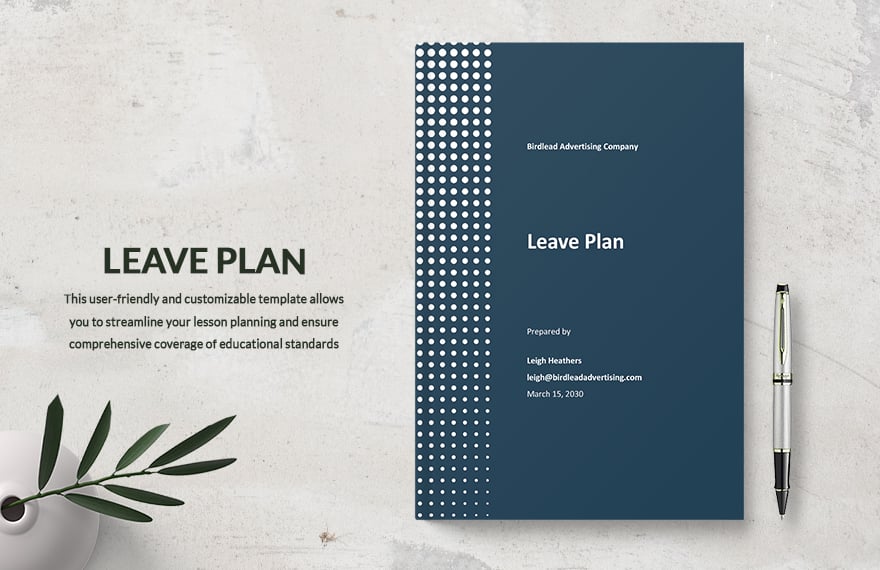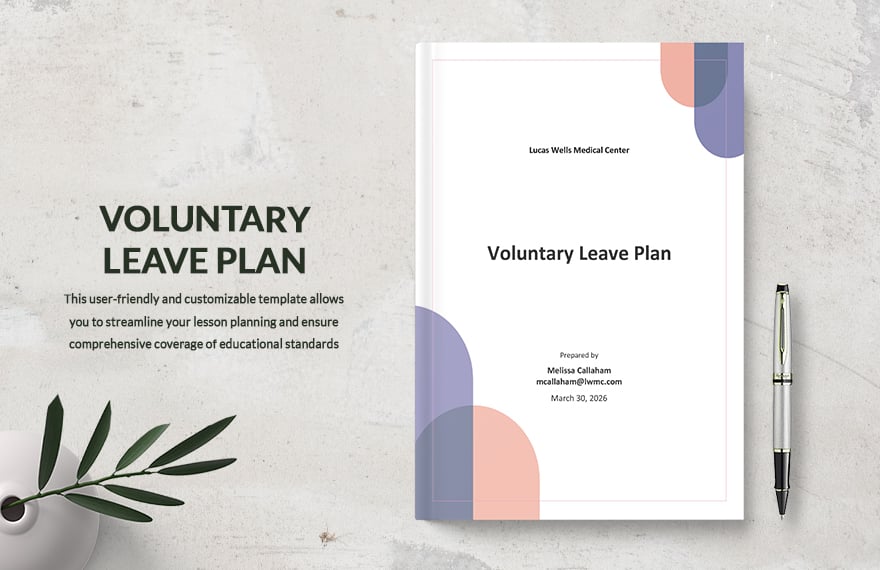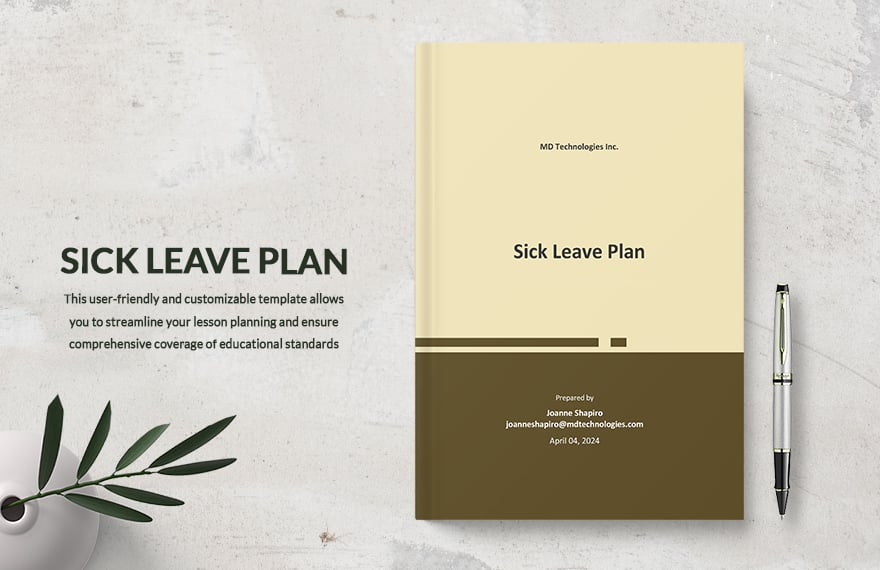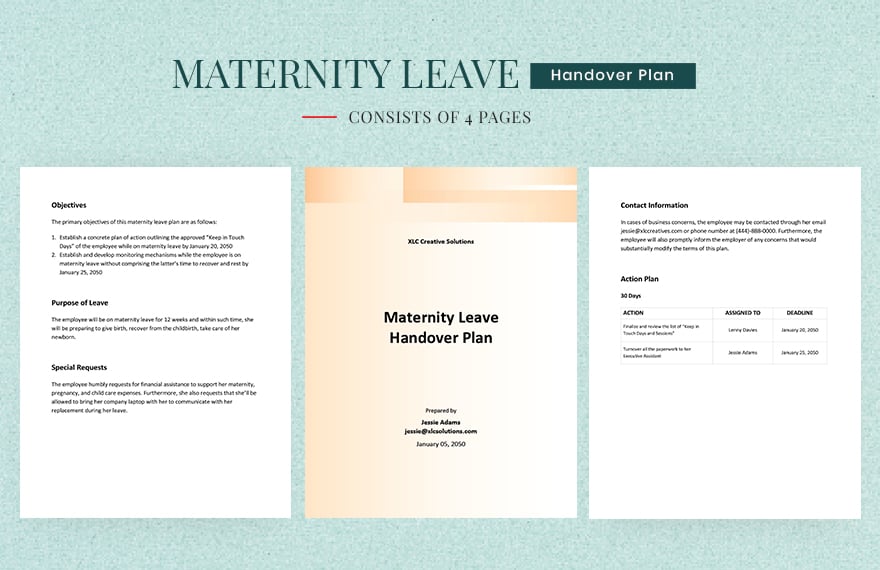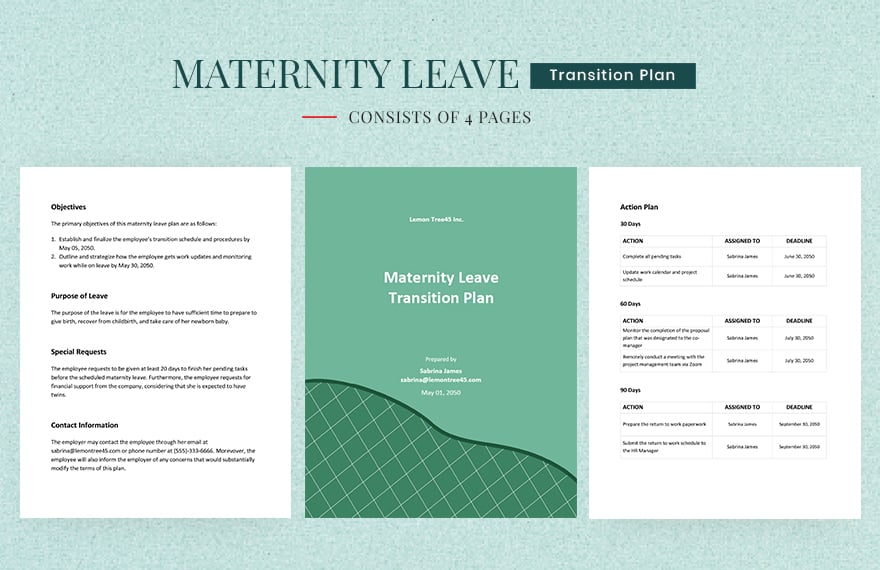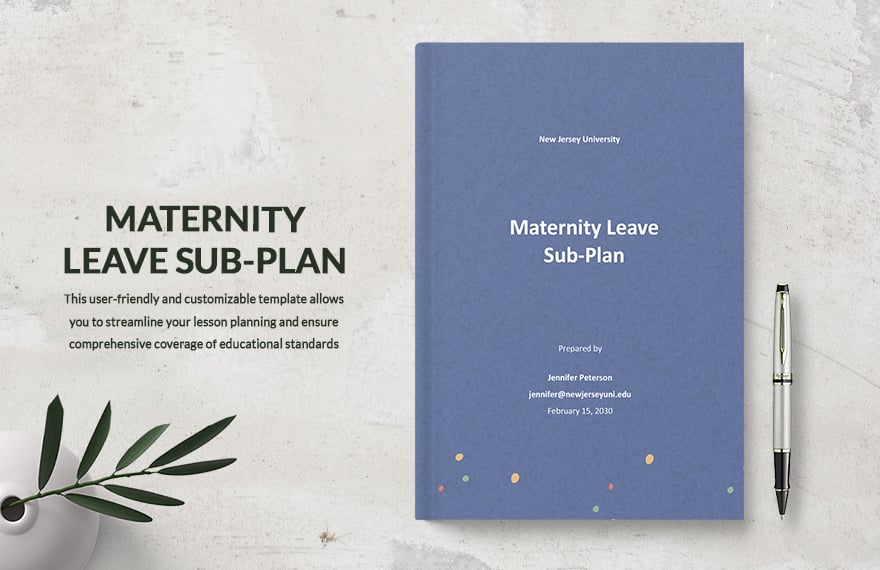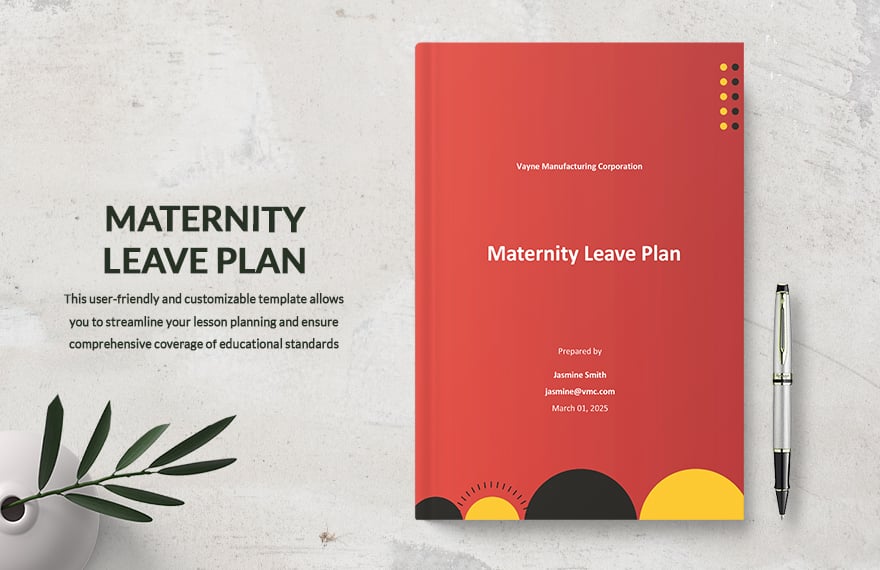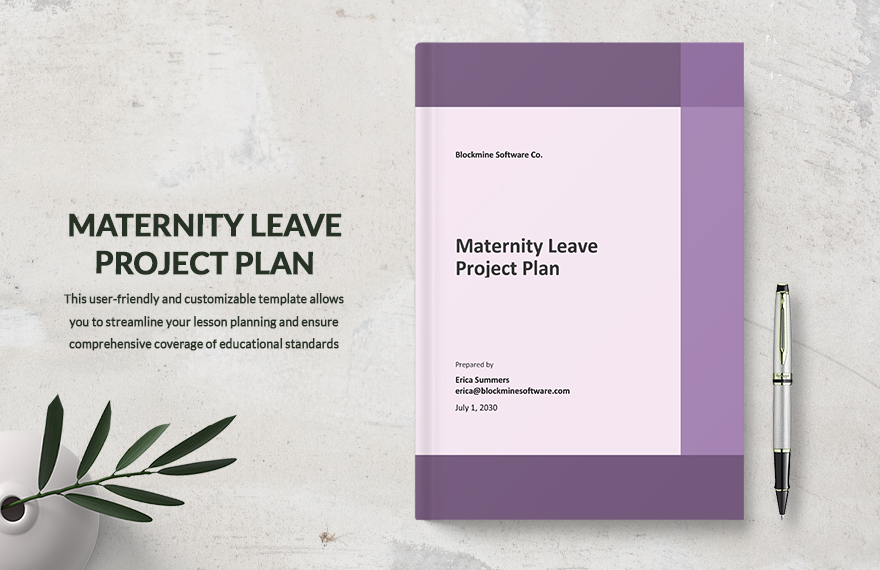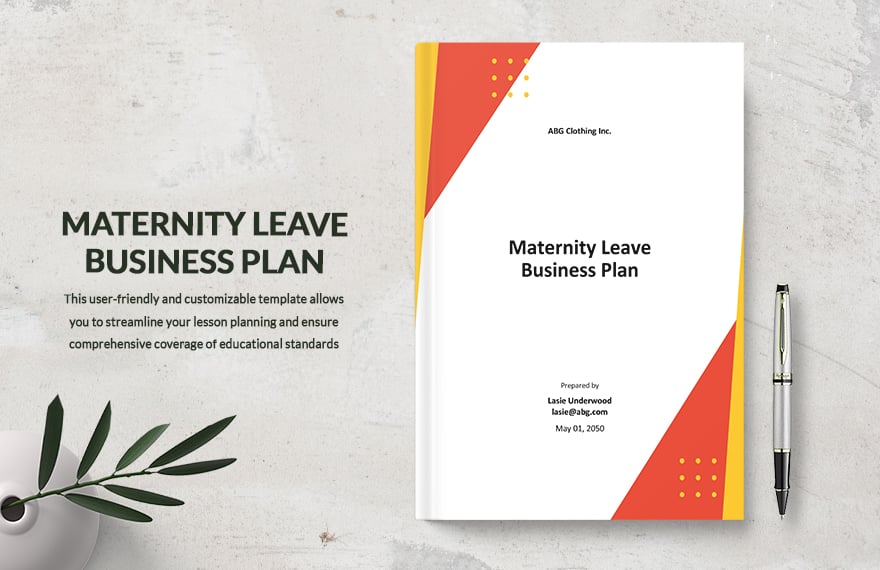Make your leave planning seamless with Leave Plan Templates from Template.net.
Keep your HR department efficient, your employees informed, and your management decisions streamlined with Leave Plan Templates from Template.net. Designed for HR professionals and team managers, these templates enable you to effortlessly plan and schedule employee leave, ensuring no disruptions in daily operations. Whether you're organizing annual leave for a team of ten or managing shift changes for a large department, our templates provide the perfect structure to maintain workflow continuity. Each template includes dates, employee names, leave types, and approval status. Best of all, there are no specialized skills required—simply download, fill in the customizable fields, and distribute as needed. Our professionally designed layouts ensure you present a polished and organized leave schedule every time.
Discover the many Leave Plan Templates we have on hand for various industry needs and company sizes. Start by selecting a template that fits your organizational requirements, then effortlessly swap in your specific data and tweak colors and fonts to align with your company's branding. Add advanced touches by dragging and dropping icons or graphics, or animate sections for visual engagement at HR meetings. With an ever-expanding library of templates regularly updated with new designs, the possibilities are endless and skill-free for anyone in your department. When you're finished, download in multiple formats or share via email or print for easy distribution. These templates are ideal for multiple channels, allowing HR departments to collaborate in real time and ensure every employee remains in the loop.

